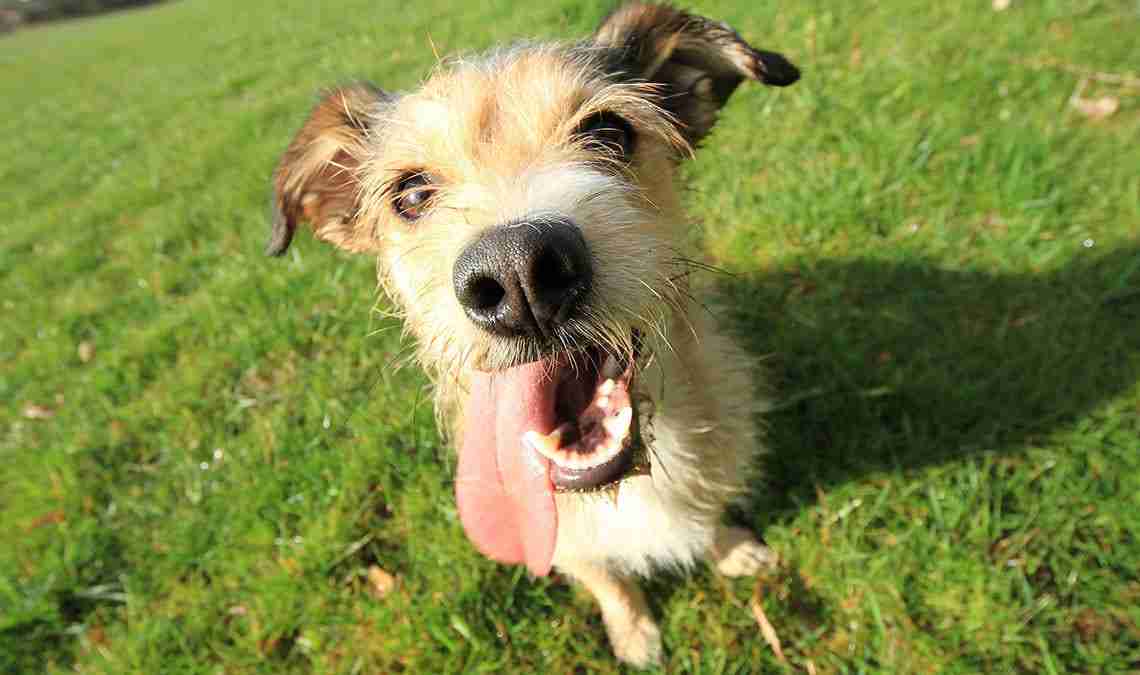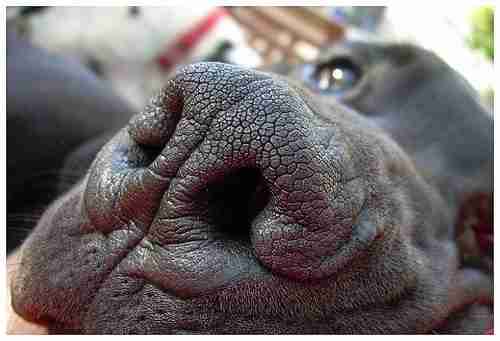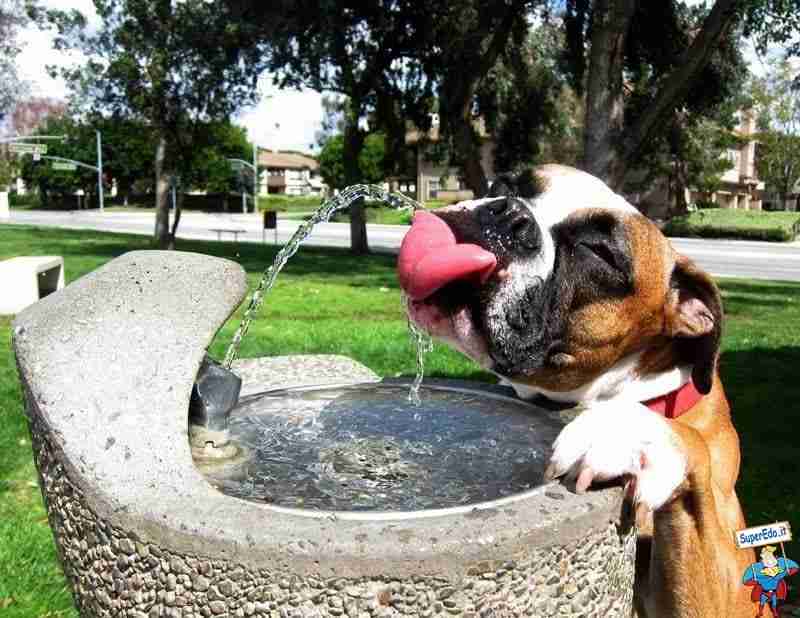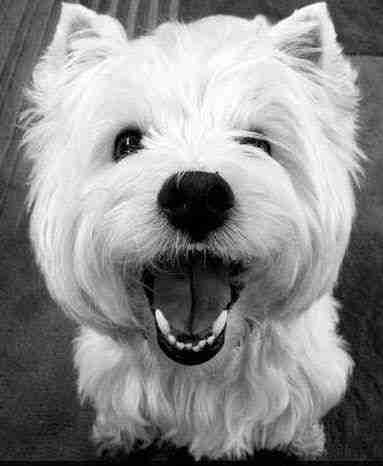Should a dog eat only dry food or wet food?








YOUR CAT HAS NEEDS THAT YOU MAY NOT KNOW ABOUT
The close coexistence between mankind and cat has put a strain on its natural instincts, which have gone from those of a...